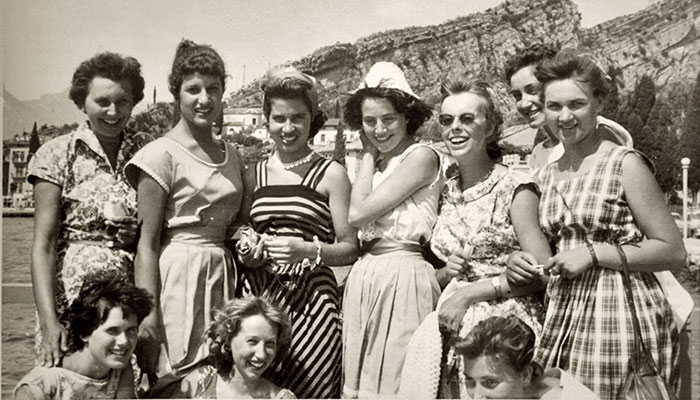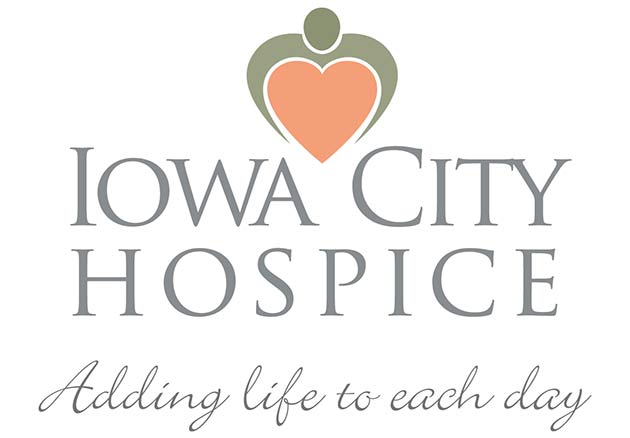Family Caregiver Connection
Helpful tips for family caregivers
May/June 2011
Support for you, and for your aging relative.
Cooking for caregivers
Even those of us who enjoy cooking have days when it seems like just another chore. And when you are juggling the needs of an ill relative, it can be an even greater challenge to maintain enthusiasm.
Cooking for Caregiving recognizes that caregiving is love and that food is how we often show our love. The goal of this nonprofit organization is to present options that mean less cooking hassle for you as a family caregiver and healthier meals for your relative.
Bookmark their page. On any given day, you might find information about:
- Healthy cooking. Recipes for nutrient-rich foods. And tips on how to cook to retain nutritional value.
- Simplified meal planning. Guidelines for good basics to keep on hand. And which convenience foods really deserve a “thumbs up” for delivering food value.
- Curbing weight. Good snack foods and tips on portion sizes if your loved one needs to lose some weight.
- Supporting appetite. “Comfort foods” for an ill person. Recipes that help sneak calories and nutrients into a finicky eater.
- Make-ahead meals. Meals that freeze well. Slow-cooker recipes. Recipes to prepare ahead, cook later.
- Alternatives to home cooking. Meal delivery services. “Make-and-take” facilities, where you pick up meals you can warm up later.
- Special diets. For all kinds of diseases. Cancer. High blood pressure. Diabetes. Kidney disease. Recipes that eliminate the guesswork for you. And recipes that stick to the doctor’s orders.
- Nutrition and age. Research and tips on topics such as diet and arthritis. Diet and Alzheimer’s. Changes in metabolism with age.
Cooking for Caregiving is designed to support you in preparing tasty, nutrient-rich meals for your relative, without running yourself into the ground. As an extra, if you have a question and you have a Facebook profile, join the conversation. That’s what Facebook is all about!
Return to top
Preparing for the hospital
If your relative is headed for a planned hospitalization, there’s a lot you can do to help make sure all goes well.
The first step is to identify someone who can spend a lot of time at his or her bedside. Someone who won’t hesitate to play the role of “advocate.” Following are additional tips.
Get ready
- Talk with the doctor about the care plan. Ask for specific preadmission instructions.
- Get a preadmission packet from the hospital. Review consent and agreement-to-pay documents.
- Contact the health insurance company to check on hospital coverage. If necessary, ask the hospital about payment assistance plans.
- Create a personal identification kit with insurance and emergency information. Include a current list of allergies and medications, and a completed advance health care directive.
- Pack a personal care bag with toothbrush, comb, eyeglasses, etc. Add comfort items, such as a robe, slippers, pillow, and books. Bring a cell phone if allowed.
- Do not bring medications, personal valuables, or electric devices.
Address special needs
- Alert nursing staff if your relative has memory loss or dementia. Advise them how best to address behaviors that may arise because of fear or confusion.
- Ask about hospital policies before hiring any private support for your relative with special needs.
- Check with hospital staff about dietary restrictions before bringing your relative special foods.
Ensure good care
- Contact nursing staff at the end of each shift. Ask what’s been ordered for the next shift. The doctor in charge is the “hospitalist.”
- Prevent errors. Make sure your relative’s identification is checked before each medication or treatment.
- Jot down questions as they arise so you will have them handy when the doctor stops by. Write down the answers.
- Speak up about concerns. If they are not addressed, talk to the hospital’s “patient representative.”
Return to top
The value of nostalgia
 Nostalgia has historically gotten a bad rap, viewed as a precursor to feelings of sadness and longing. Emotional downers.
Nostalgia has historically gotten a bad rap, viewed as a precursor to feelings of sadness and longing. Emotional downers.
Today we know that’s a faulty assumption. Research shows that nostalgia typically brightens mood. This is because nostalgia helps us in many ways:
- Focus on the positive in our past. People, events, places. We remember good times with maybe a laugh or a chuckle.
- Gain a fuller perspective on the meaning of our life. Recalling past activities and roles increases our life satisfaction and boosts self-esteem.
- Remember ourselves in connection with others. Even if we’re alone at the moment, we affirm our close ties with others.
- See ourselves as beloved and belonging. Remembering our importance to others can help ease anxieties about life and end-of-life.
The consequence of nostalgia is more positive thinking. Even when memories are tinged with bittersweet, research shows that nostalgia has a “redemptive” value. When we’re recalling an event that has some sad or disappointing aspects, we end up focusing on the positive. It’s a natural process of sifting through life stories and saving the good stuff.
Plus, those positive feelings generated by nostalgia help combat loneliness. That makes nostalgia a good coping mechanism. By the elder years, many peers have moved or died. And age and illness put real limits on a person’s ability to meet new people and forge new friendships. By reminiscing when we’re feeling lonely, we change our perception of our self. We rekindle our sense of belonging and regain a sense of social support. And that’s enough to change our mood.
So next time mom launches into another story from her past, remind yourself that she’s using a valuable coping skill.
Return to top

